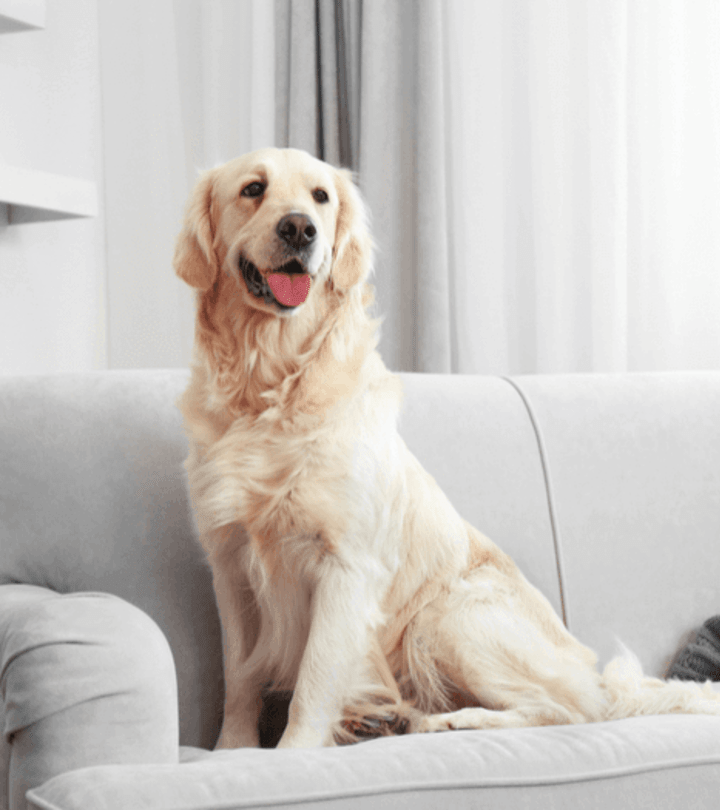If your dog is diabetic, you will need to be sure that you are providing it with a diet that is appropriate for its needs. You should consult with your veterinarian before making any changes in your pet’s food regimen.
Your veterinarian may have special dietary requirements for your canine depending upon his or her medical history and current state of wellness. Each pound of food contains approximately 3,500 calories so keep this information in mind when planning meals for your diabetic dog.
The following steps will guide you in determining the best type of food for your canine friend:
- Adjustment Period – Start out by feeding your pooch 10% less than what he has been accustomed to eating over the course of one week’s time, then take him to the vet for a checkup. If he is well regulated, then you can start increasing his carbohydrate intake gradually over the next six months by 5%. Always consult with your veterinarian before making changes in your pet’s diet.
- Read The Label – When choosing an appropriate diet, make sure that you read the label on the food product before purchasing it. You want to ensure that there are low levels of carbohydrates present because extra sugars can lead to health problems among diabetic dogs. Keep in mind that not all “dog foods” are created equal and some could potentially do more harm than good when fed long term.
- Avoid Mixed Meals – When your dog is diabetic it may be difficult to regulate its blood sugar levels if you feed it foods that contain chemical preservatives and other unhealthy ingredients. For this reason, we recommend that you avoid feeding your canine diabetic friend any type of mixed meal such as “complete and balanced,” “all life stages,” or “maintenance.”
- Kibble vs. Canned Food – When choosing a diet for your pooch you should opt for either canned food or kibble but not both because the carbohydrate levels in each type differ greatly from one another.
- Homemade Diets – If you would like to prepare a low-carb diet for your dog at home, always consult with your veterinarian first. You must be sure to adjust the amount of carbohydrates present in the dish properly before serving it to your furry friend; otherwise, there could be serious consequences.
Remember that your diabetic dog’s health depends upon the food that you choose for it. Be sure to have clear communication with your veterinarian so that you can develop a diet that is appropriate for your canine friend.
A high-fiber dog diet is recommended by most veterinarians. Fiber delays the entry of glucose into the circulation and helps your dog feel fuller. Low-fat meals have fewer calories. The meal might aid in weight reduction due to the fact that it allows dogs to eat less and lose weight.
Diabetic dogs should avoid table scraps or diets containing pork products due to their higher fat content. Do not feed your dog chocolate, grapes, raisins, onions, macadamia nuts or avocados because they could cause life-threatening complications. If you have any questions regarding this information please consult with your veterinarian before making changes in your canine friend’s diet plan.
Tips for taking care of the diabetic dog
Besides proper nutrition, diabetic dogs need extra care to keep themselves healthy. Any changes in the diet have to be closely monitored by a veterinarian so you should take your pet for regular checkups even though he has diabetes.
If your dog is overweight, then use this as an opportunity to help him lose weight safely. Veterinarians recommend that diabetic dogs maintain their ideal weight because they are more likely to suffer from health problems related to high blood sugar levels if they are obese or overweight. Keep monitoring his progress over time and make adjustments accordingly with his dosage of insulin or oral medication before moving on to the next phase of treatment.
Diabetic dogs require additional exercise due to the fact that they may develop muscle soreness throughout their body after mild activity. Dogs who used to walk regularly will likely need to walk more often in order to keep their muscles in good shape.
Regular grooming is very important for diabetic dogs because they may develop skin infections due to excessive licking, biting, and chewing when they are in pain. If your dog’s fur looks unhealthy or if the skin underneath appears red or irritated then you should take him to a veterinarian right away.
Even though diabetic dogs cannot enjoy all of the things that other healthy dogs can, it is still possible to help them lead happy lives by making some changes in their eating habits and giving them plenty of attention whenever possible. With proper care and consideration, diabetic canines can live long, fulfilling lives just like any other normal doggy out there!











